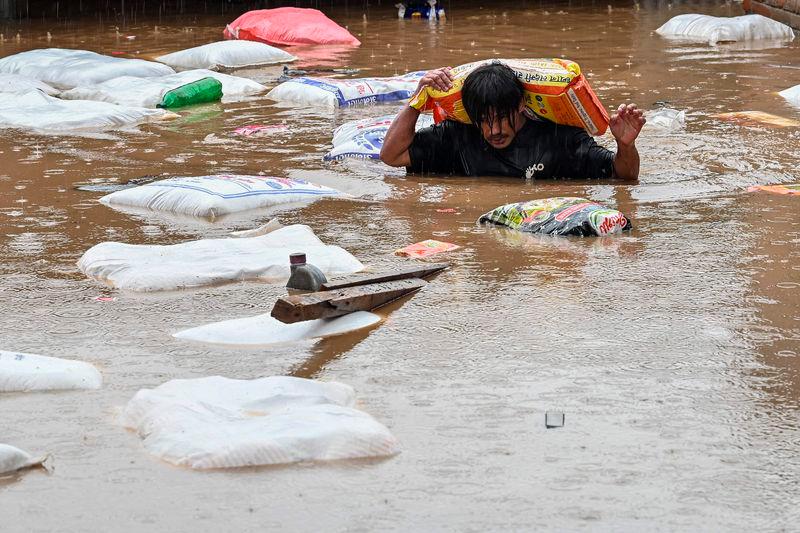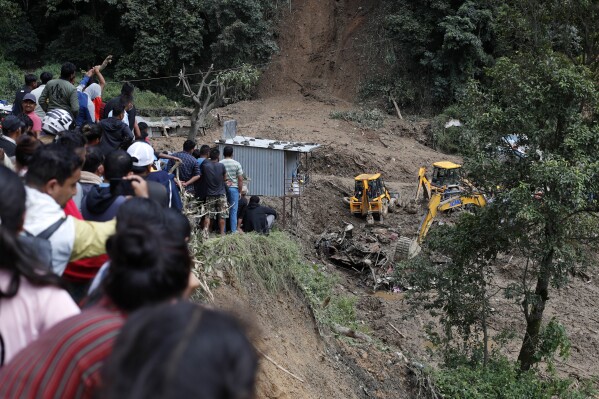The death toll from severe flooding and landslides in Nepal has climbed to 193, with recovery and rescue operations intensifying on Monday as weather conditions improved.

Police reports indicate that 31 people remain missing and 96 are injured across the Himalayan nation following heavy rainfall over the weekend. The capital, Kathmandu, bore the brunt of the disaster, with 34 fatalities recorded in the city.
A devastating landslide approximately 16 kilometers (10 miles) from Kathmandu claimed 36 lives on a blocked highway, burying at least three buses and other vehicles where people had been sleeping.
“The scale of this disaster is unprecedented,” said Nepal’s Home Minister, who requested anonymity due to the sensitivity of the situation. “We are mobilizing all available resources for rescue and relief efforts.”

The minister announced plans to establish temporary shelters for those displaced and provide financial assistance to affected families.
Kathmandu, which had been isolated due to landslides blocking all three major highways out of the city, saw some relief as workers managed to temporarily reopen the crucial Prithvi highway.
Prime Minister Khadga Prasad Oli, returning from the U.N. General Assembly meeting, has called for an emergency meeting to address the crisis.
In the southern part of Kathmandu, residents began cleanup efforts as floodwaters receded. Police and military personnel are assisting with rescue operations, while heavy equipment is being used to clear landslide debris from roads.

The government has announced the closure of schools and colleges across Nepal for the next three days as part of its emergency response.
This catastrophic event occurs near the end of Nepal’s monsoon season, which typically concludes by mid-September.
Meanwhile, in northern Bangladesh, approximately 60,000 people have been affected by flooding in low-lying areas due to heavy rains and rising water levels from upstream India. The English-language Daily Star reported that residents in Lalmonirhat and Kurigram districts have sought refuge on roads and flood protection embankments.
The Flood Forecasting and Warning Center in Dhaka reported that while some rivers were overflowing, water levels could start receding within a day or two.



